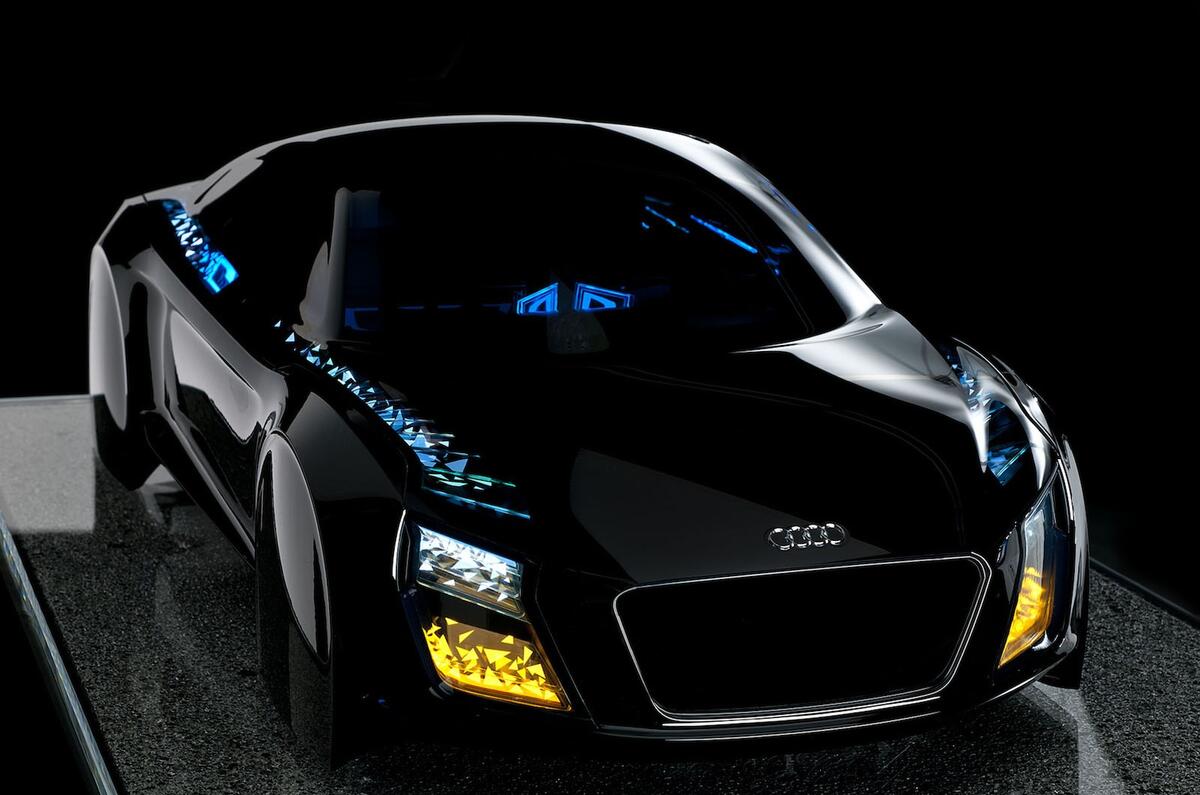Have you ever heard of a Lichtkanal? No, me neither, until earlier this week when Audi shipped us down to its Ingolstadt HQ in southern Germany.
It turns out that the company’s new ‘light canal’ is a 120m-long tunnel, which is used to test new types of lighting technology and ‘camera-based lighting assistance systems’. Audi claims the tunnel is the ‘longest driveable lighting tunnel in Europe.’
The new tunnel – which goes into full operation this March – is part of a bigger department at the Ingolstadt engineering centre, which Audi calls the Lighting Assistance Centre.
The German company is taking innovation in lighting technology very seriously. It says that cutting-edge lighting technology and design is an important part of the brand’s future. Not just for "active safety" but also for "design differentiation" and "making technology visible".
The latter is hard when you have, say, an interesting mixture of materials under the car’s skin - but with lights, which are, by definition, transparent, the possibilities are wide open.
To this end, Audi has a 'head of development light/visibility’ (Dr Wolfgang Huhn), a 'head of lighting functions and innovations’ (Stephan Berlitz) and a 'head of lighting design' (Cesar Muntada Roura).
The official line from Marc Lichte, Audi’s new overall design chief, is that: "Lighting signatures at the front and rear… have great impact on how our cars look on the road."Muntada’s line is that “Vorsprung durch Technik” must be even more clearly apparent.’ He says in 15 years, he can imagine: "A light that is in motion and interacts with the driver from the moment they approach the vehicle."
So as well as bringing innovative lighting ideas to the showroom, the new lighting technology has to add to the look of the car and even be part of the styling itself.This video (below) shows how Audi’s headlight and lighting technology could ramp up over the next decade or so.
We’re all familiar with LEDs today – they’re compact, don’t get too hot and are gentle on energy requirements. They also last a long time. They came in first as daytime running lights and for use as indicators.
(Interestingly, the reason the orange LED indicator in the A8 headlight video ‘flows’ is to distinguish indication from use of the vehicle’s hazard lights. If one side of a vehicle is obscured, it is impossible to tell whether the visible indicator is signalling that vehicle is about to move or whether it is stationary.)
The latest technology is ‘Matrix LEDs’ where groups of five LEDs shine through a common reflector. These have already arrived on the TT and A8, but Audi demonstrated a cool mock-up of a headlamp that takes these diamond-shaped LED-powered reflectors and creates a rather intriguing headlamp design, with neat LED strip-light indicators.
The next move in lighting technology will be OLEDs, the same tech used on some mobile phone and TV screens. This is an ‘organic paste’ of light-emitting molecules which is adhered to a super-polished glass plate.
The resultant light is very flat and even – although unlikely to be powerful enough for use as a headlight. Audi is experimenting with curved OLEDs to create a new type of 3D rear light.
These OLED plates could also be used to create light displays on the car itself, as Audi demonstrated on a scale model at the Light Tunnel exhibition. Audi even showed a wild proposal which uses thousands of LEDs to create an animation nicknamed 'the swarm' which provides rear lights and directional indicators.
While a future headlamp could use as many as 50 separate LED matrix reflectors – which would allow the headlight beam to be very finely controlled – Audi is experimenting with a much more advanced type of headlamp.
This would be built around 400,000 individual ‘pixel’ light sources. It would allow the light beam to be controlled with such accuracy the headlight could selectively shut down individual light sources to prevent an oncoming driver from being blinded by the high beam.
The ideas demonstrated in the Audi animation might look far-fetched, but the company says the concept is entirely possible.
It’s all a very long way from the halogen light bulb, which is still the dominant technology of today’s night-time roadscape.
See the new lighing technology in action in the video below.




Join the debate
Add your comment
Illuminating
Autonomous Cars
Ignoring autonomous cars on a economical and maybe environment front. Is it better for all cars to carry their own light source. Or for the road to light up as a vehicle approaches and passes through. I'm thinking something to mimic day time. Static hardware wired to the grid/local solar must be better given where technology is now. Smart roads!
Really?